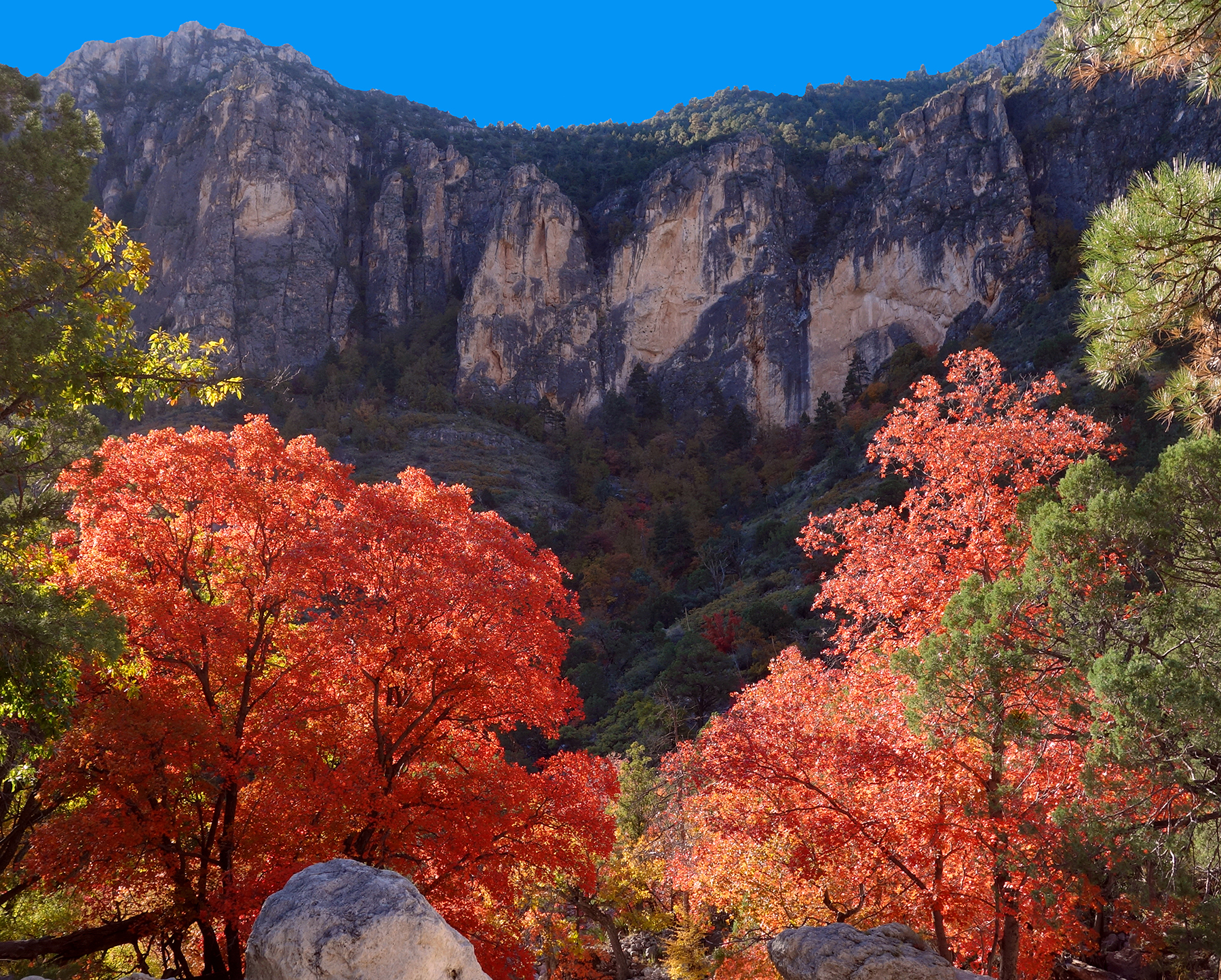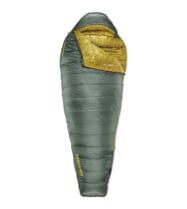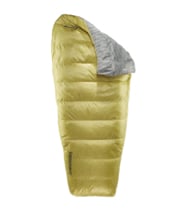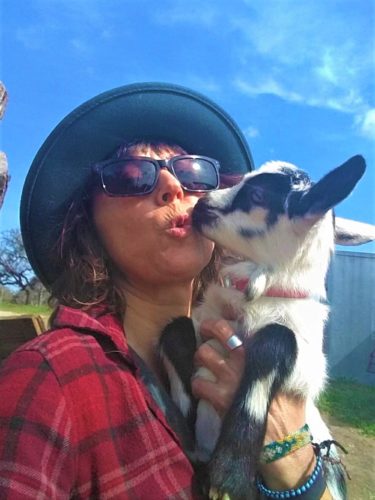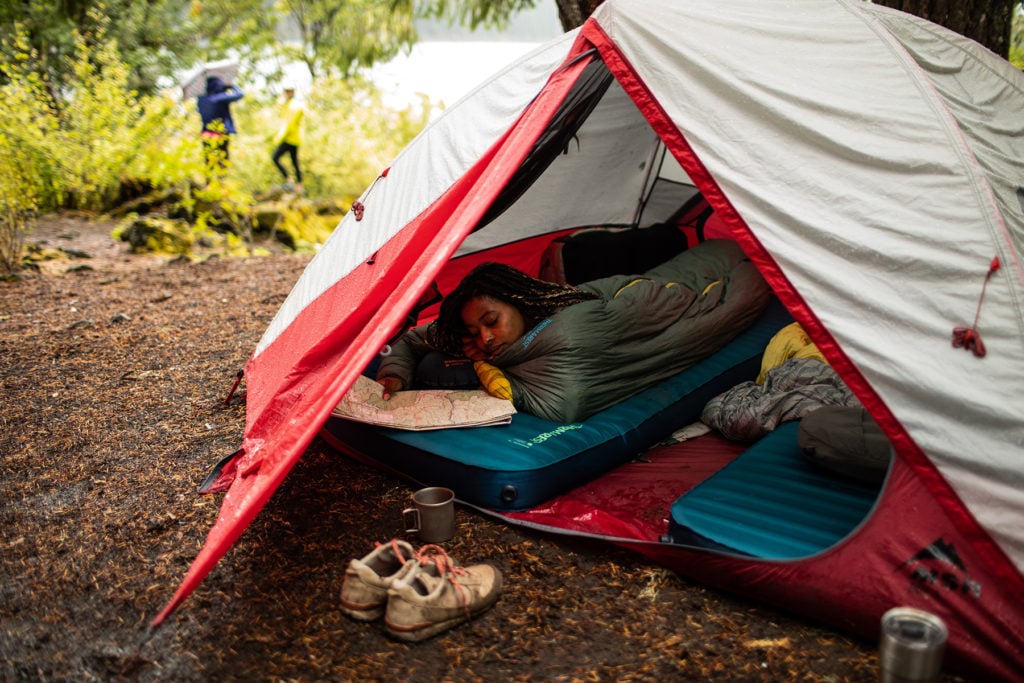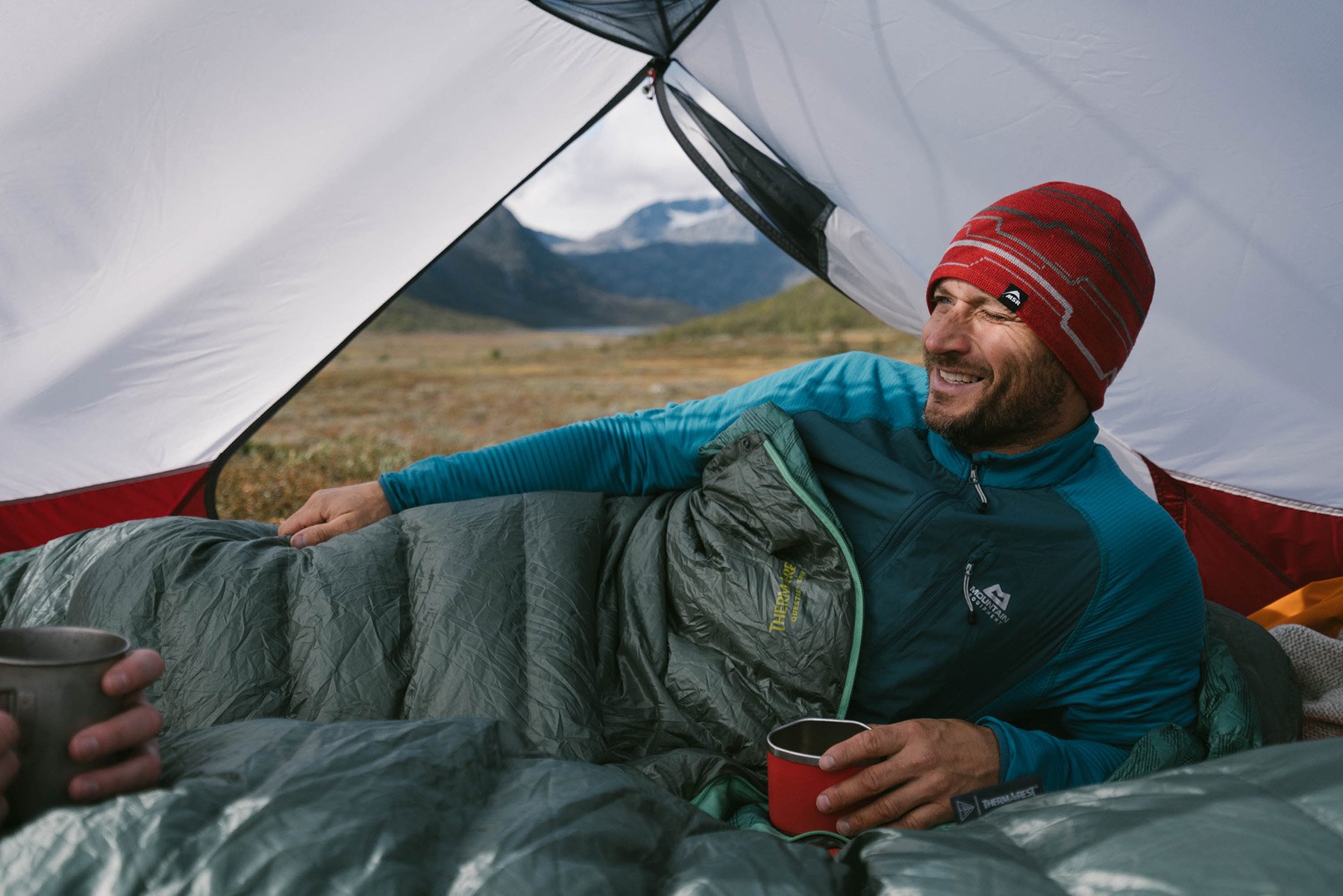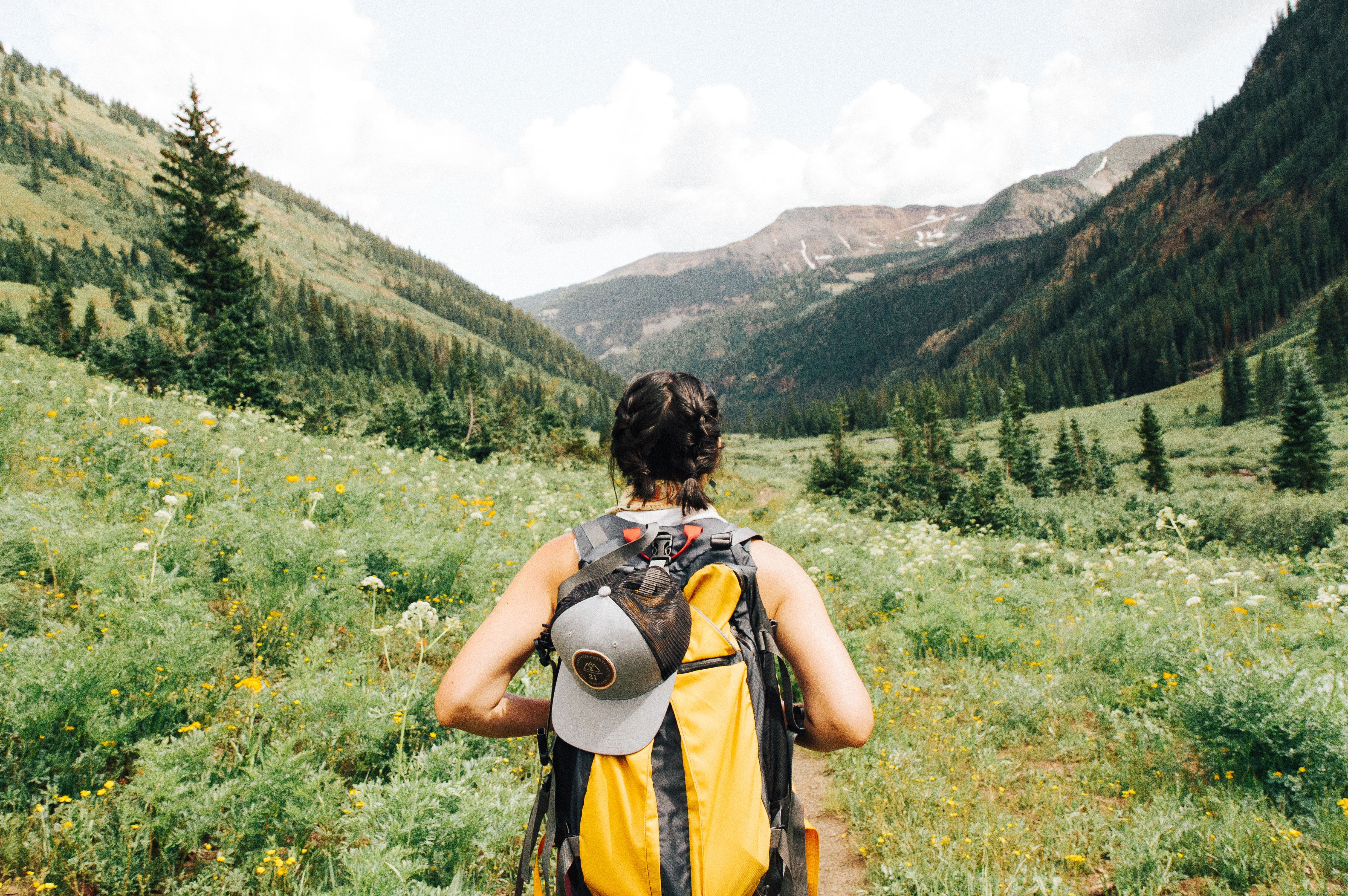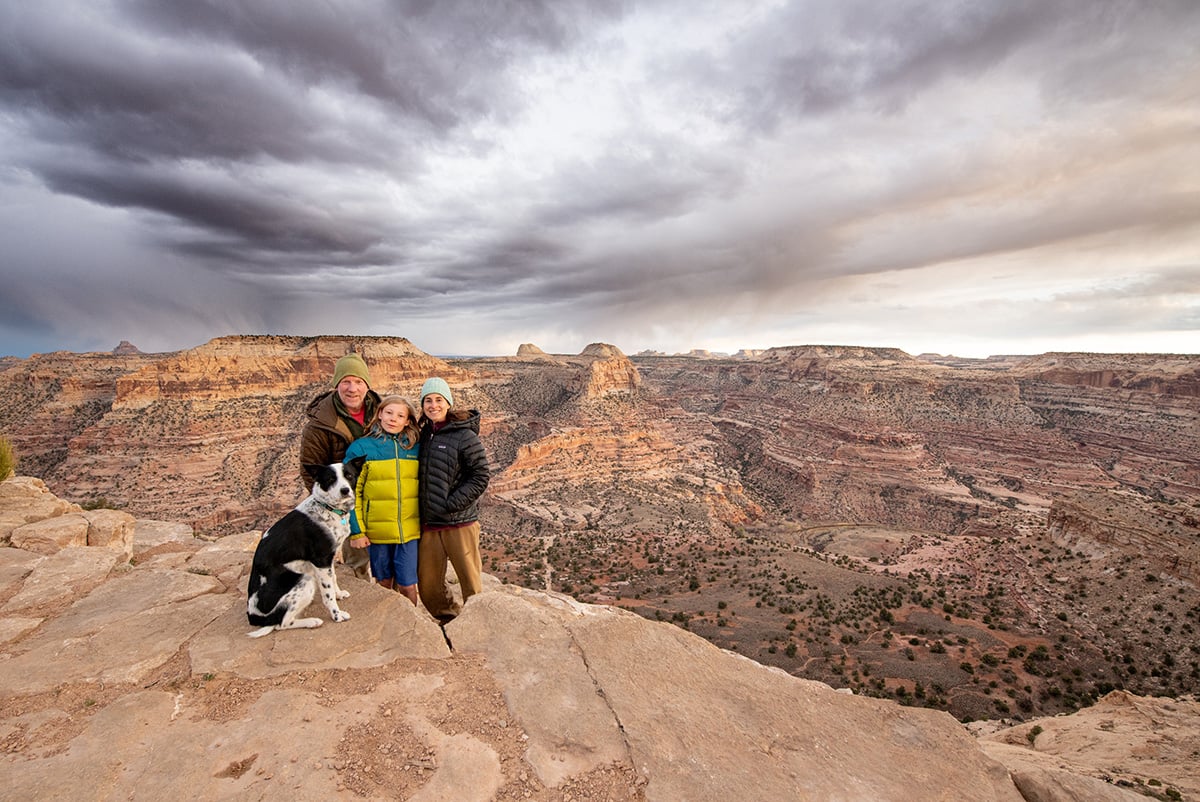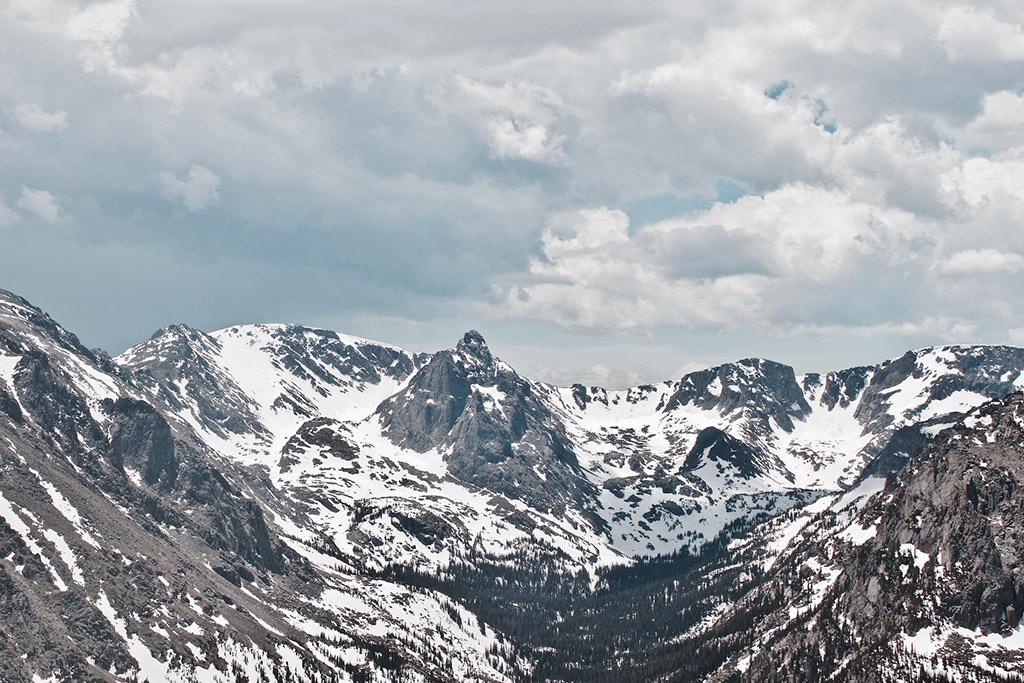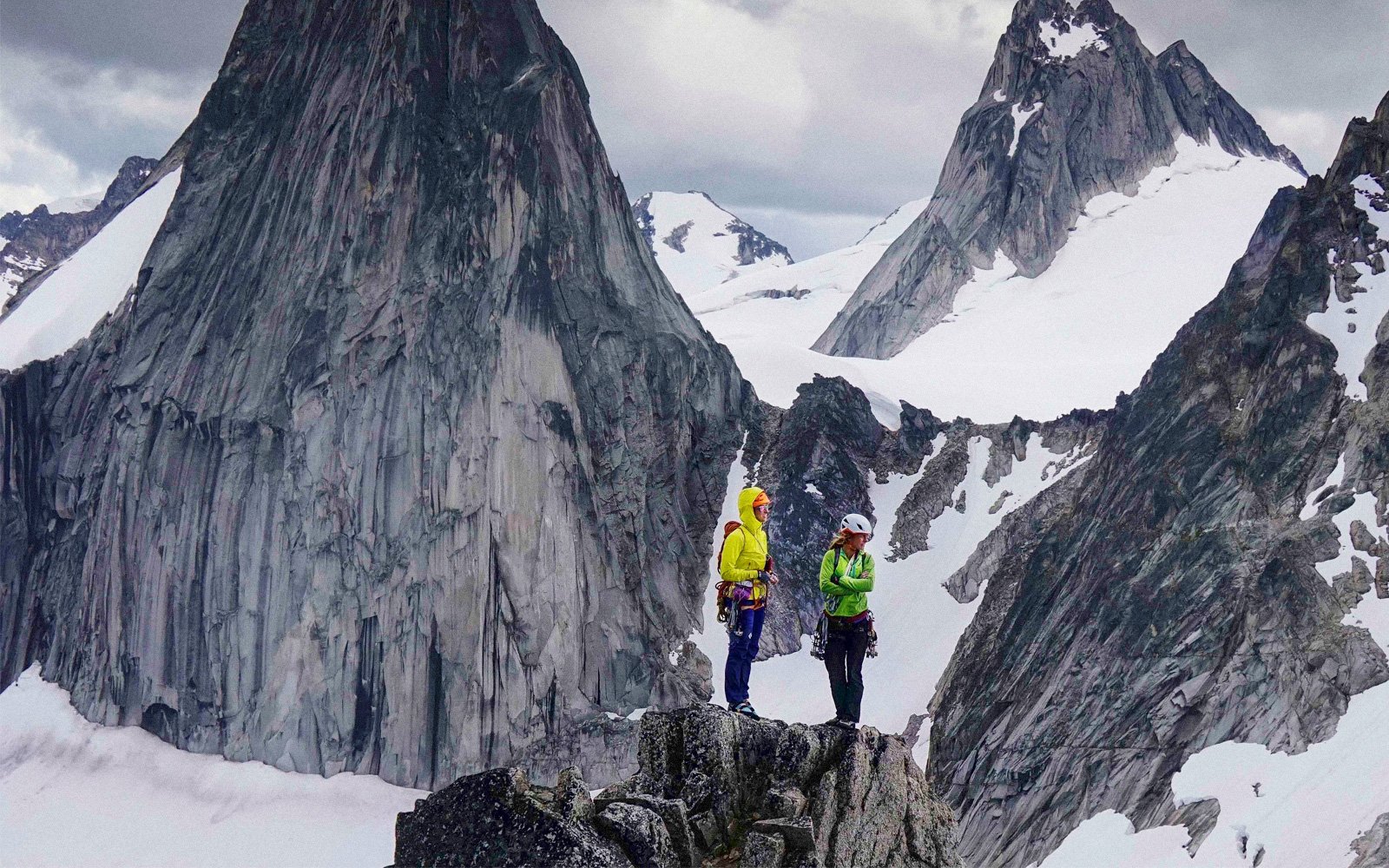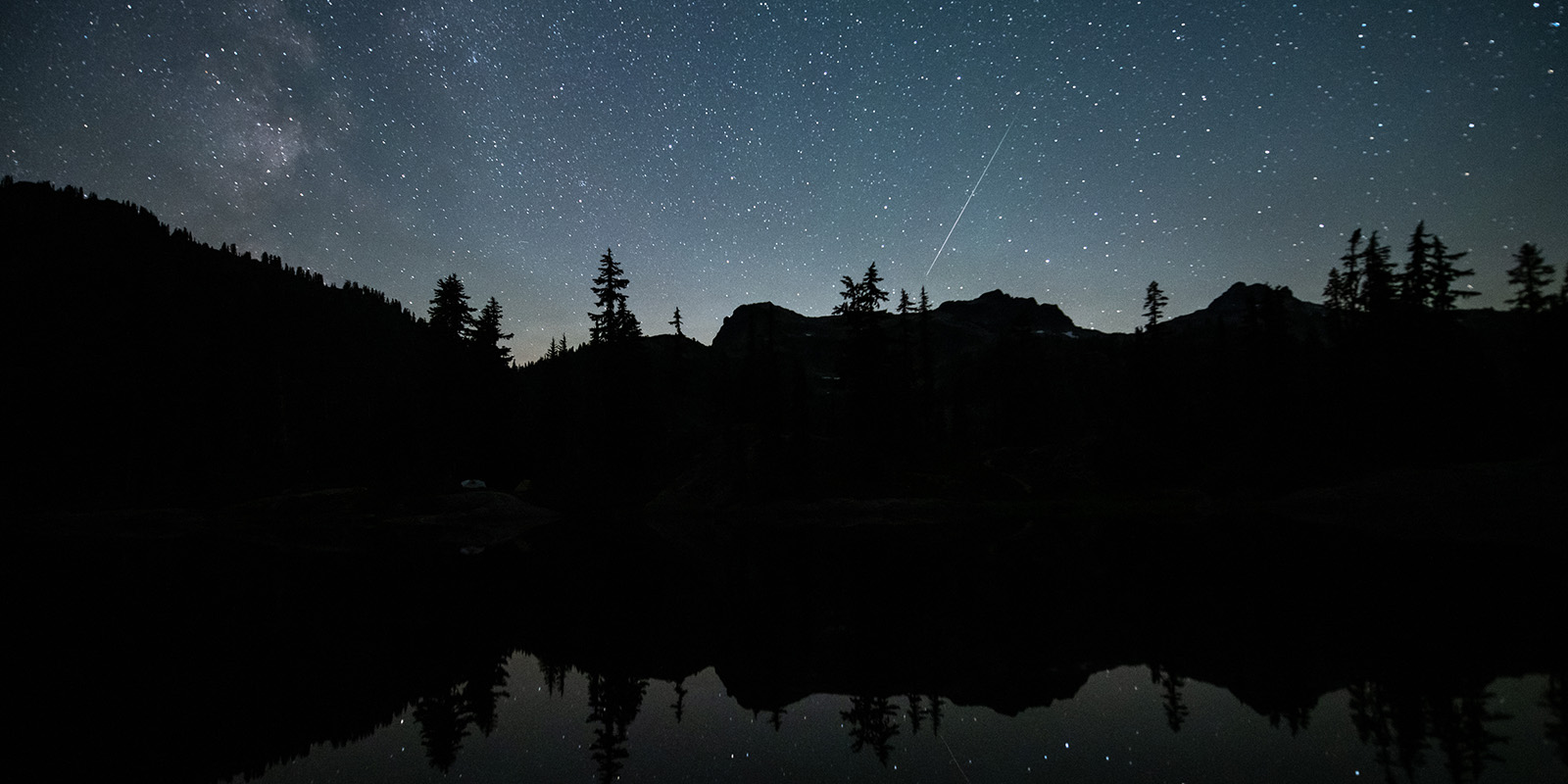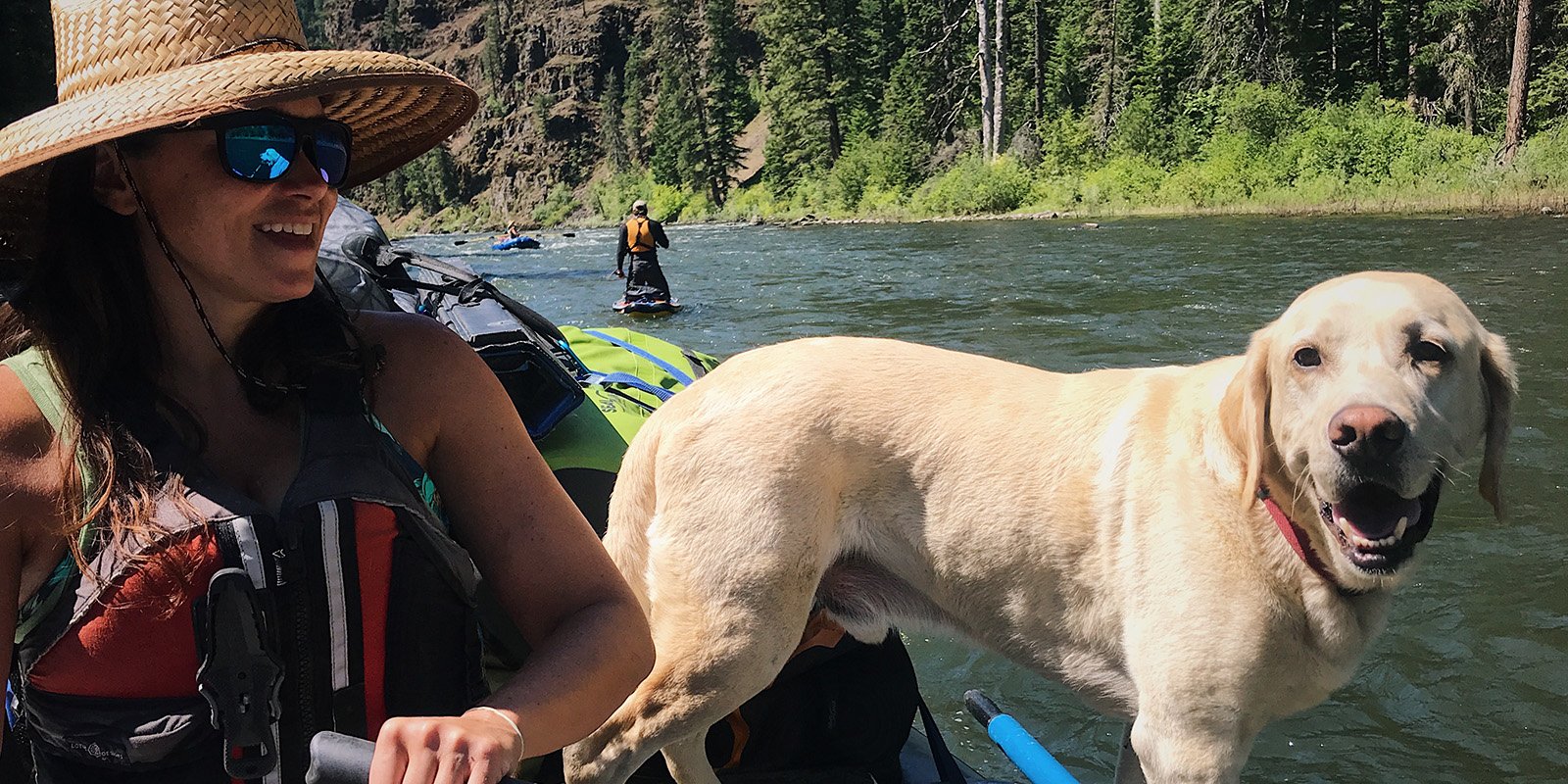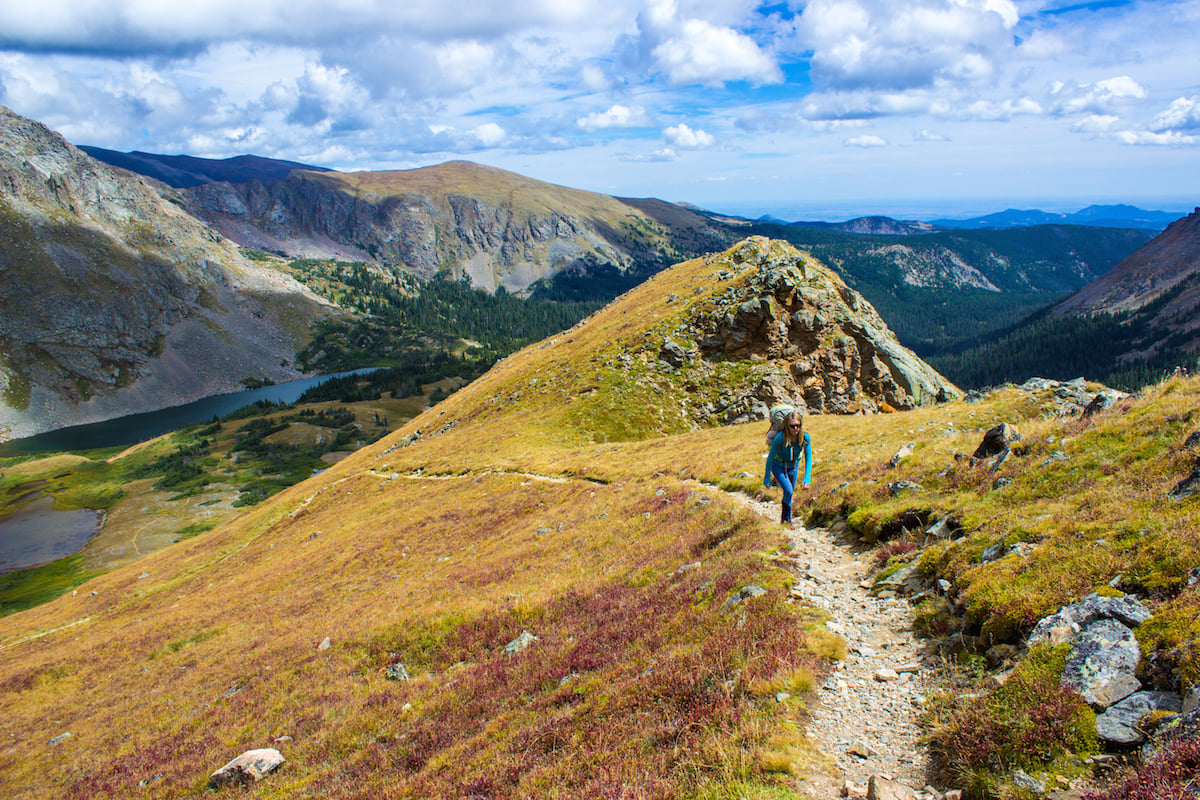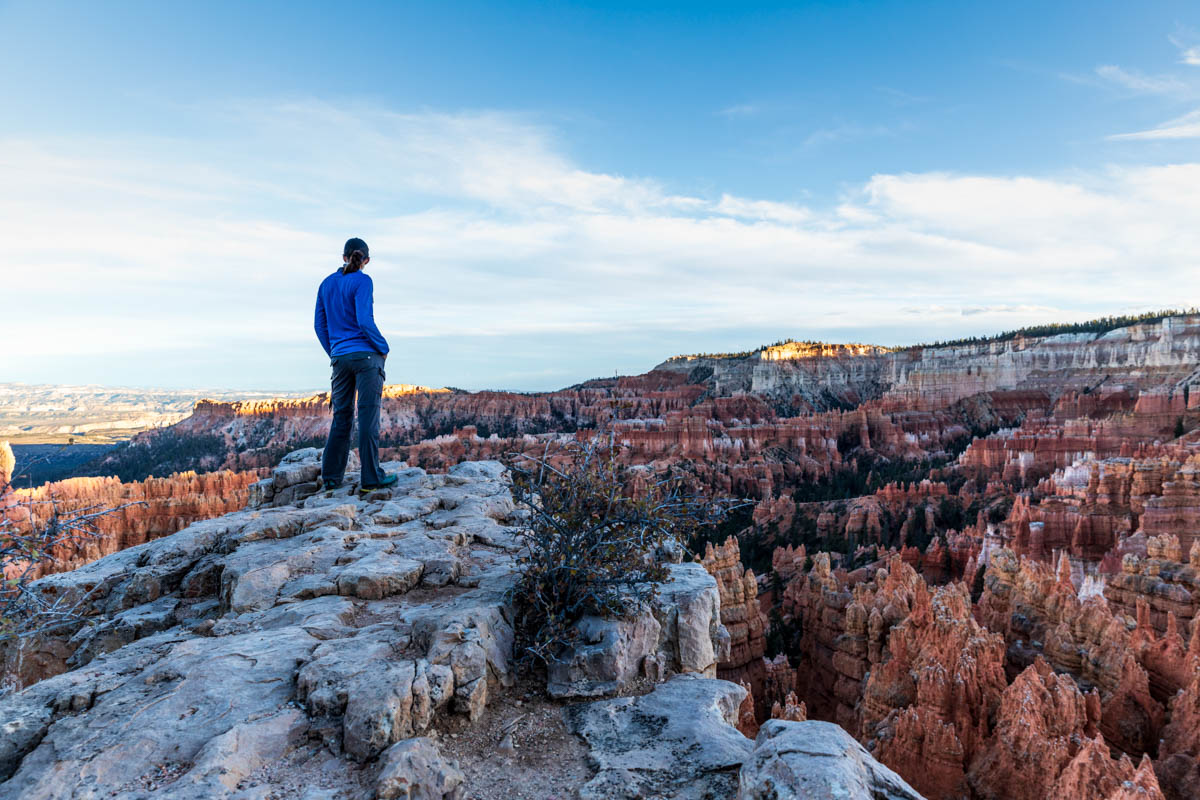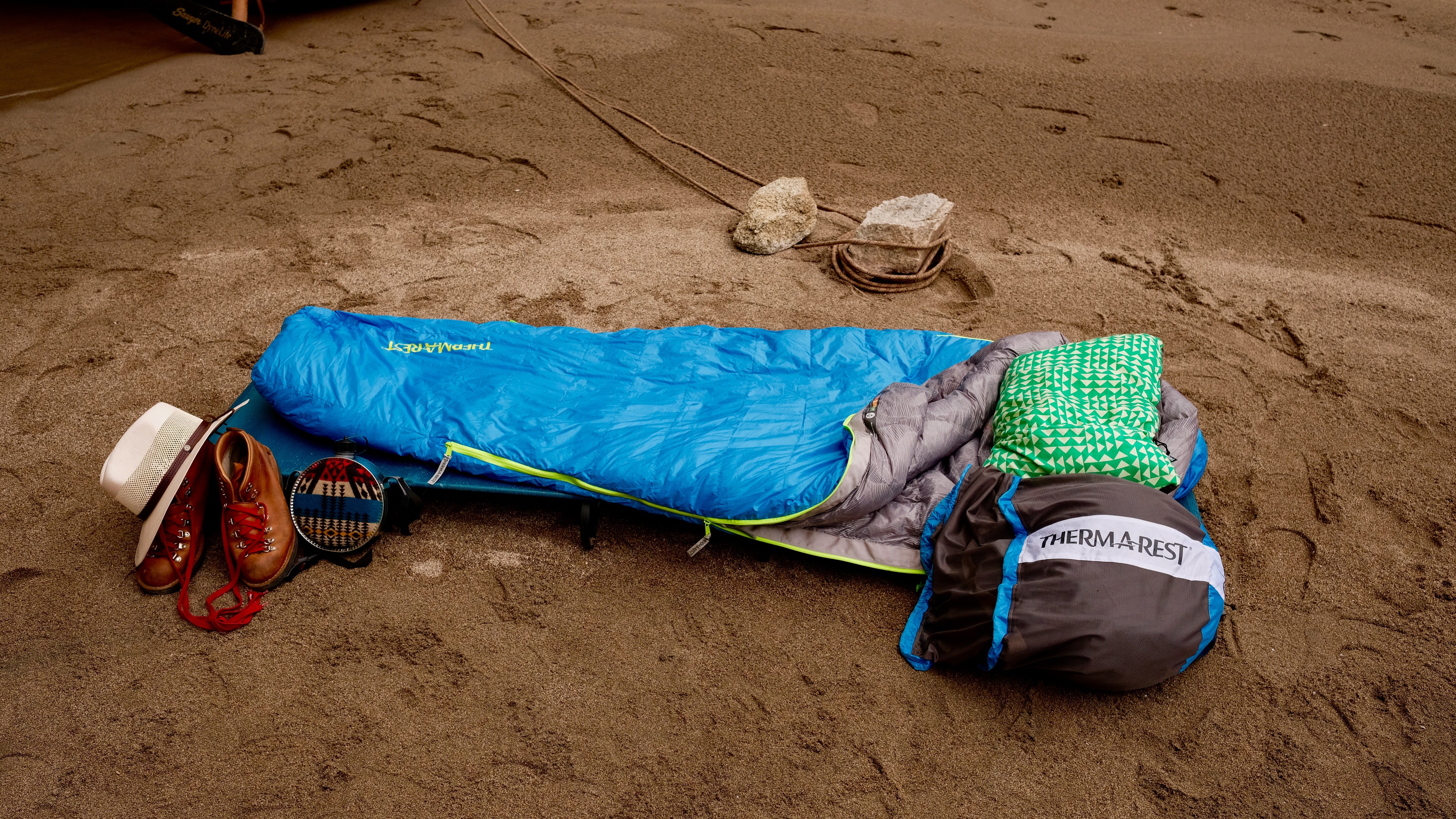Texas may not have a high profile fall camping reputation (or camping in general for that matter) like some of the states to its west, but it’s not to be overlooked. There are plenty of reasons to add fall camping in Texas to your outdoor recreation list.
The Lone Star state boasts 95 state parks and two national parks with extensive outdoor opportunities. You know the saying, “everything is bigger in Texas?” Well, the sheer size of the state means a lack of Yellowstone or Yosemite-like crowds. In one park a variety of microclimates and ecosystems can be experienced. It’s possible to spend a morning paddling cypress swamps and wetlands, then hike and camp in woodlands or along a sandbar in the afternoon. Extensive cave networks, mountain biking trails, world-class freshwater fishing and populous wildlife can all be explored in Texas.
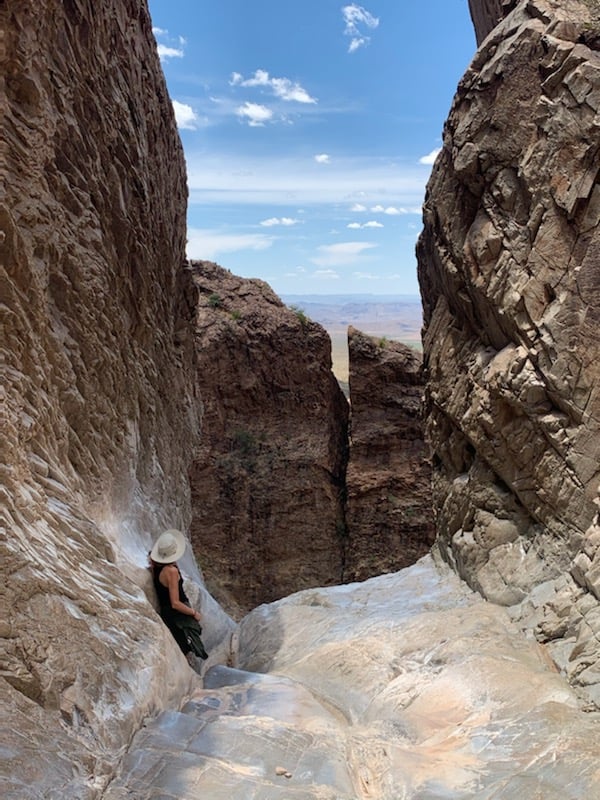 Photo by Laurel Miller
Photo by Laurel MillerDiversity of terrain and generally hospitable weather also make for great fall camping in Texas. While some regions are high desert and subject to flash floods or snowfall, autumnal weather usually means warm to hot days and cool to cold nights.
Note: June through November is hurricane season along the Gulf Coast, which is why we’re excluding that region from the below list. We don’t think fall camping in Texas should include a hurricane.
West Texas
People here admiringly call this region God’s Country. Vast open spaces, seemingly infinite sky, the scent of sunbaked earth, juniper, and piñon. It’s a place of desert, rivers and mountains- yes, Texas has mountains- and extensive backpacking opportunities.
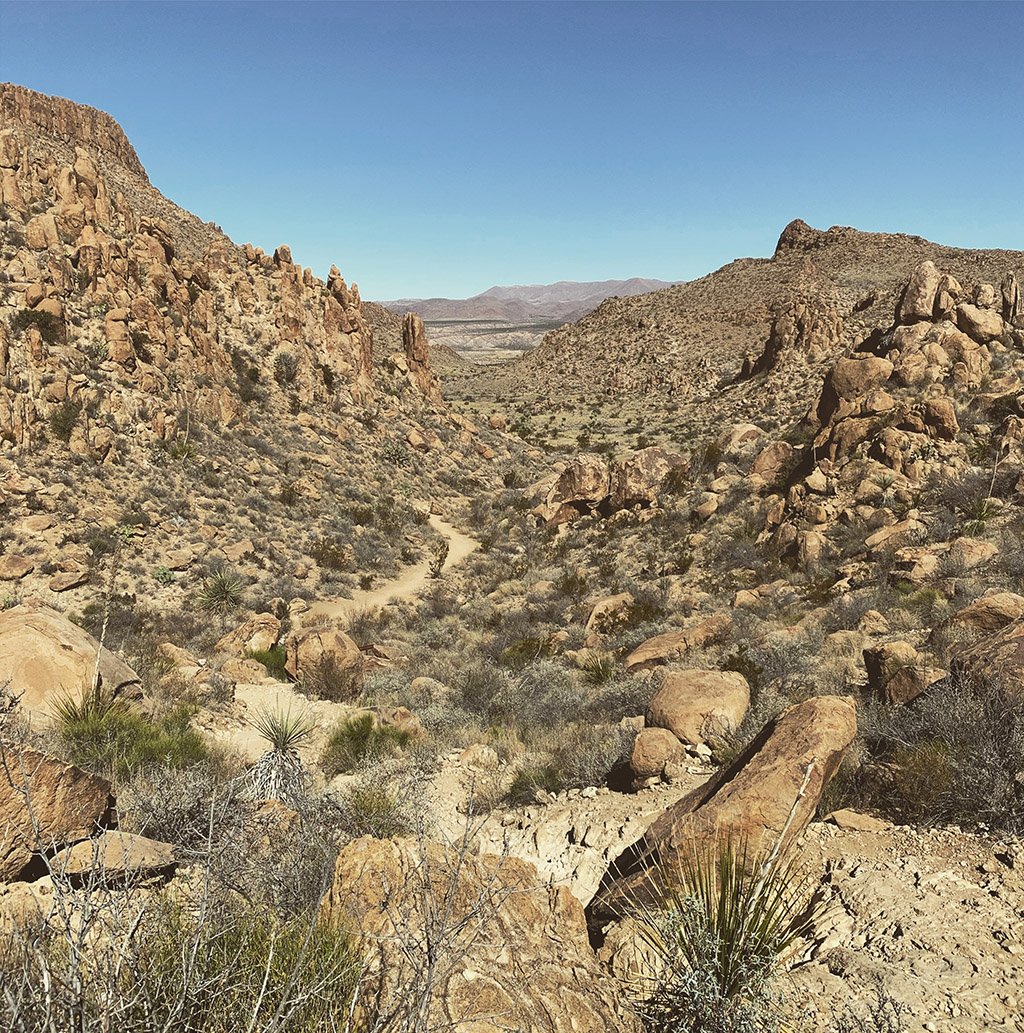 Photo by Madison Shiller
Photo by Madison ShillerBig Bend National Park: Located in the northern Chihuahuan Desert in the isolated southwestern corner of the state known as the Trans-Pecos, Big Bend is so vast, it’s possible to not encounter another soul, especially in the fall. The Chisos Mountains offer hikes suitable for every skill level, and the four designated campgrounds range from Rio Grande-adjacent cottonwood groves to open woodland ringed by rugged peaks. Bonus: You can sleep under the stars. The night skies here are some of the darkest in the Lower 48 (the nearby Davis Mountains, outside of Marfa, are home to the McDonald Observatory).
Tip: Texas critters like scorpions, centipedes and venomous snakes become active in the warmer months; sleeping in a cot or hammock is a great way to avoid a close encounter at camp.
Know Before You Go: This is black bear and javelina country, so store your food accordingly. There are also mountain lions, so exercise caution when hiking. Other wildlife you might see include bighorn sheep, mule, kit foxes and ringtails. Note that flash floods are a frequent occurrence.
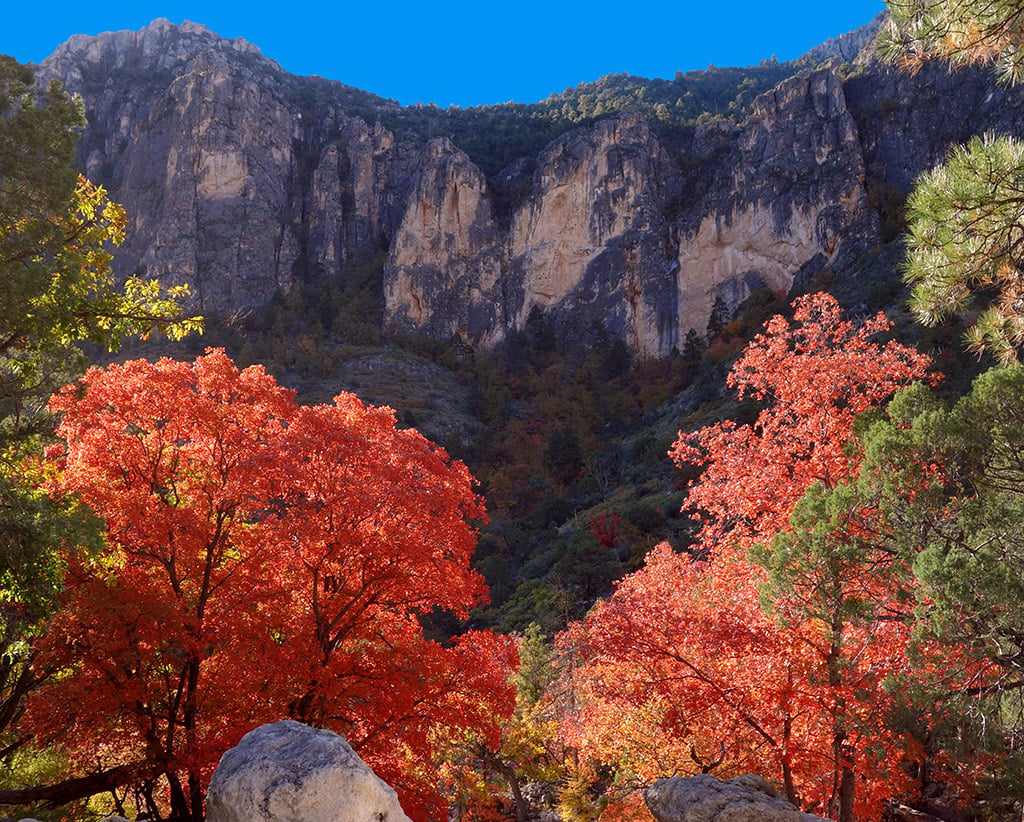
Guadalupe Mountains National Park: An hour-and-a-half east of El Paso and just 50 miles from Carlsbad, New Mexico, lies this little-known park. It is home to four of the highest peaks in Texas (the Guadalupe Peak Trail is a strenuous, 8.4-mile round-trip hike with a 3,000-foot elevation gain to the 8, 751-foot summit at the “top of Texas.”) and if you are doing some fall camping in Texas, the park has great options. For example, if you’re looking for an intense thru-hike, the 100-mile Guadalupe Ridge Trail extends from the Guadalupe Mountains National Park to Carlsbad Caverns National Park.
In general, the parks landscape is impressive and diverse. It includes dunes, riparian woodland, coniferous forest, oak and maple groves, cacti, and those quintessential endless skies. The park was established to protect the largest Permian fossil reef in the world, and appeals to backcountry enthusiasts due to its lack of infrastructure, resources and crowds. There’s plentiful primitive, first-come-first-served campgrounds and 80 miles of trails, but hardly a hook-up or gas station.
This is a Texas fall camping favorite because of its foliage, but the arid terrain makes it ideal year-round. Keep an eye out for mule deer, kit fox, coyote, mountain lions and bobcats and a diverse array of lizards. There are also pictographs from the park’s early inhabitants, the Mescalero Apaches.
Know Before You Go: Scavenging javelinas can be a problem if you don’t have wildlife-proof food storage; black bear are present over 3,000 feet.
Tip: If you’re looking for a quick getaway just outside of El Paso, there’s hiking, climbing and mostly primitive camping in Franklin Mountains State Park, America’s largest urban park at 24,247 acres.
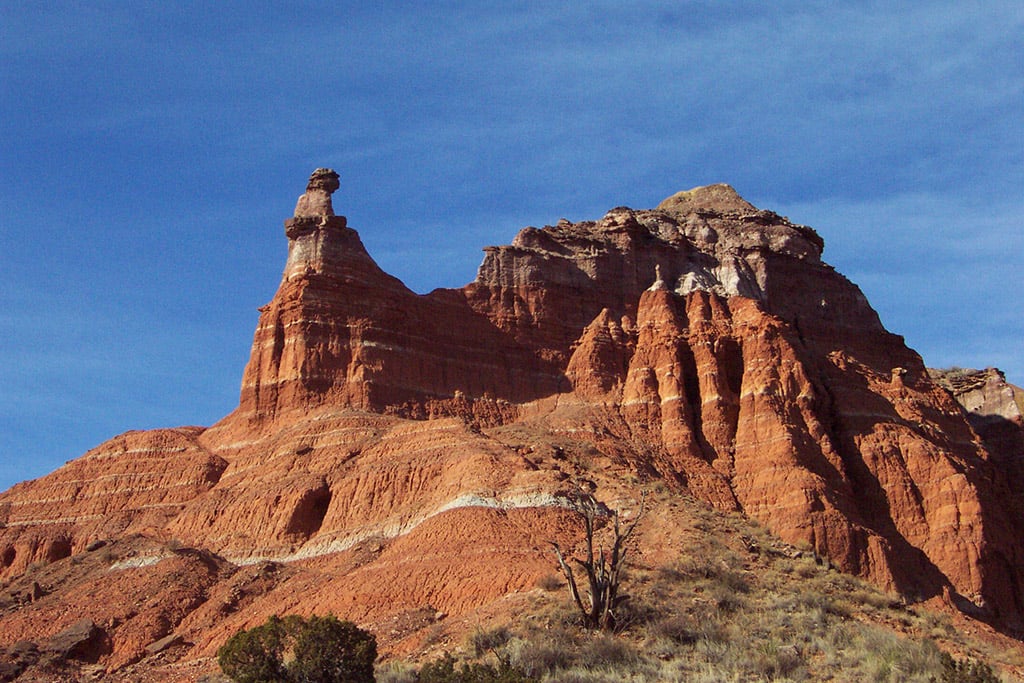 Photo by Clinton Steeds
Photo by Clinton SteedsPalo Duro Canyon State Park: Twenty-five miles from Amarillo, in the Texas Panhandle, lies the nation’s second largest canyon; Palo Duro is 120 miles long, 20 miles wide and 800-feet deep. Over millions of years the Prairie Dog Town Fork Red River has eroded the landscape inot the dramatic geologic formations and cliffs typical of the American Southwest.
The desert terrain, carpeted with juniper, sage, prickly pear, mesquite, willow, and cottonwoods make for spectacular fall camping. Painter Georgia O’Keefe was so inspired by the colors and features of Palo Duro that she made her home in the area for many years.
The 20,000-acre park has 42 miles of equestrian, hiking and mountain biking trails, including strenuous routes developed by pioneering trail runners. Tackle the short Rock Garden Trail, a strenuous five-mile round-trip that goes from canyon bottom to rim, or the eight-mile Givens, Spicer & Lowry to the Lighthouse Trail. Campgrounds range from primitive walk-in to electric, group and equestrian.
Know Before You Go: Dogs are permitted, on-leash. Due to COVID-19, all guests including annual pass holders, must purchase day and/or overnight reservations in advance.
Tip: The wildly popular play, “Texas,” described as an “outdoor musical romance” of the Panhandle’s history, runs every Tuesday through Sunday in a natural amphitheater within the park. Purchase tickets in advance.
Central Texas
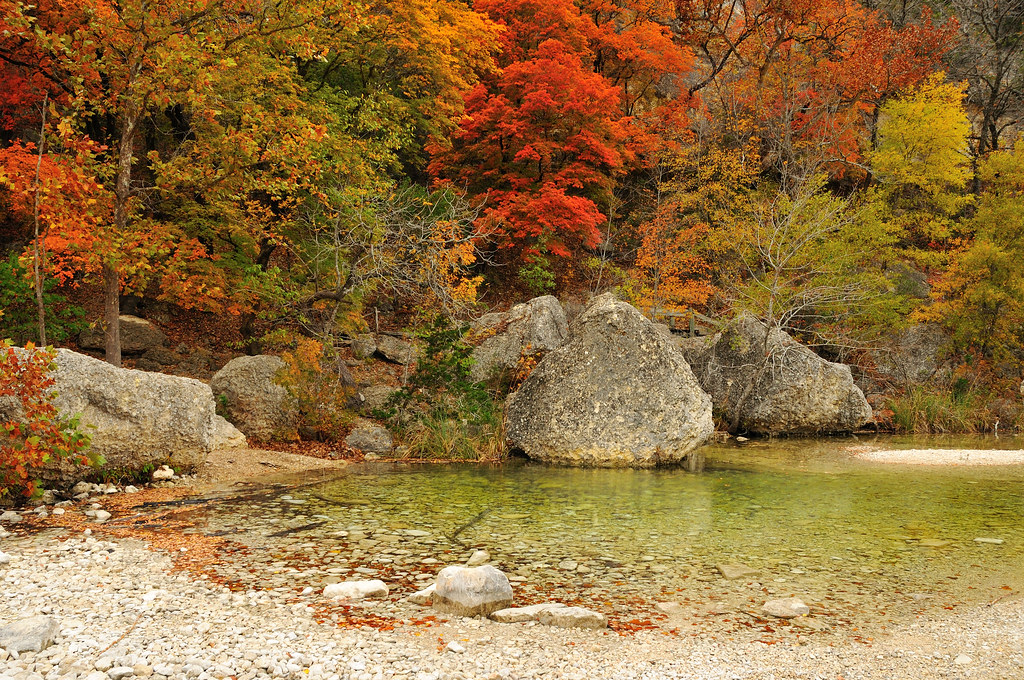 Photo by Betty Lou
Photo by Betty LouLost Maples State Natural Area: This outdoor recreational area in the Hill Country is two hours from San Antonio and three hours from Austin. It was established to protect the region’s Uvalde Bigtooth Maples, which makes it a prime spot for fall camping in Texas. Lost Maples offers excellent fishing (no permit required from a shore or pier) due to its location on the Sabinal River. There are plenty of paddling and hiking opportunities as well. Keep your eyes peeled for abundant wildlife, including white-tailed deer, wild turkeys, armadillos, gray foxes, feral pigs (avoid at all costs) and axis deer.
Ten miles of trails wind through the hills and canyons of the Upper Sabinal, and along the edge of 2,200-foot cliffs. There are 28 campsites with full amenities and walk-in primitive sites that can accommodate six, for just 10 dollars a night.
Know Before You Go: The Hill Country is the pride of Texas, especially during the spring wildflower bloom. Regardless of season, plan at least a few days to explore the region’s small historic towns—which were established by 19th century German and Czech immigrants—and abundant swimming holes, crystalline rivers, wineries, breweries, and distilleries.
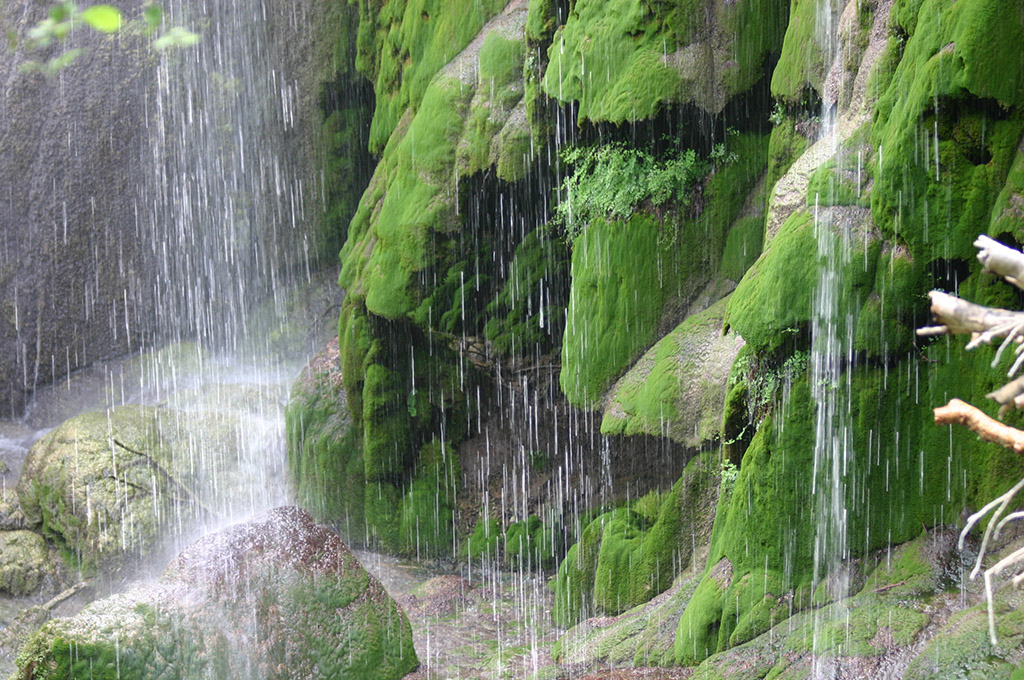 Photo by Wing-Chi Poon
Photo by Wing-Chi PoonColorado Bend State Park: If you’re a spelunker, the vast network of caves is reason enough to visit this 5,000-acre park two hours northwest of Austin. It’s also home to Gorman Falls, the highest waterfall in Texas (70 feet), but during fall, the biggest draws besides caving is fishing, when it’s peak freshwater drum season. Situated on the “other” Colorado River, there’s also paddling and birding, and hiking the 35-mile trail system. Camping is diversified into drive-in primitive sites, primitive walk-in riverfront sites and backcountry sites, as well as group camps.
Know Before You Go: To go caving, you have to book with Nichols Outdoor Adventures (note they’re currently closed due to COVID-19); they offer three levels of tours, so there’s something for everyone but crawling is often necessary.
East Texas
Known as the Piney Woods (or, more colloquially, “behind the Pine Curtain,) this part of the state is known for its bayous, longleaf pine forests, cypress swamps, Spanish moss and sleepy towns. If you’re a canoeing or fishing enthusiast, you’ll love what East Texas has to offer. Still, there’s also hiking and mountain biking, and primitive camping opportunities along the region’s many sandbars. Bear in mind, there are alligators here, and you should follow the safety recommendations provided by Texas Parks and Wildlife.
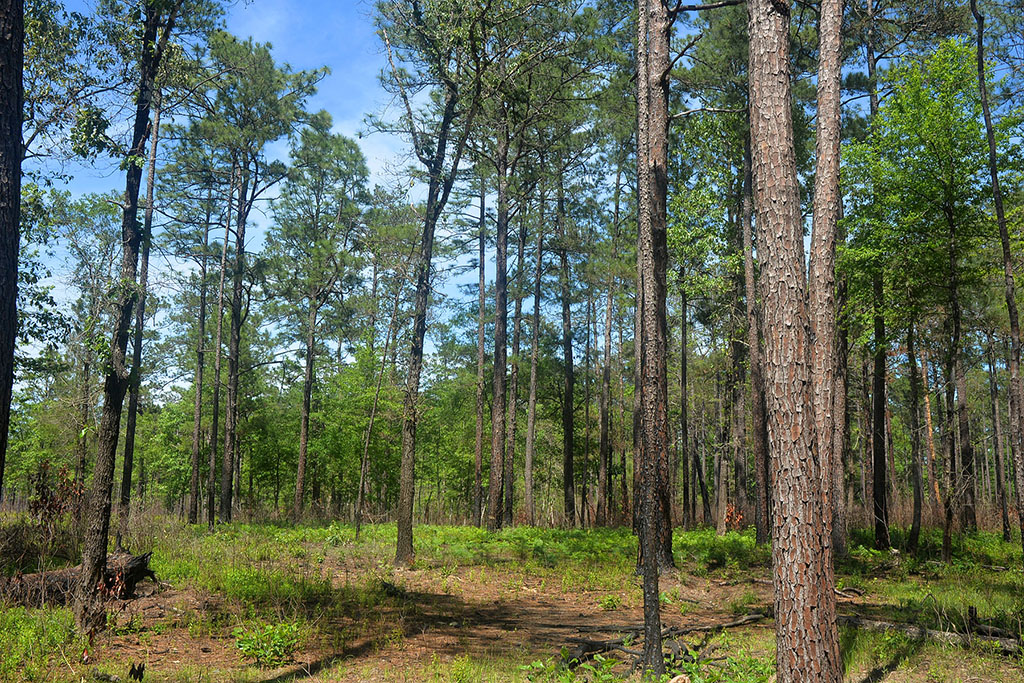 Photo by William L. Farr
Photo by William L. FarrVillage Creek State Park: Located on the southeastern edge of Big Thicket National Preserve (a heavily forested region known for its biodiversity), 10 miles from Beaumont and 85 miles northeast of Houston, this lovely spot has diverse terrain that includes cactus-covered dunes to cypress-forested wetlands. The park itself has hookup and walk-in sites, or you can rent a canoe or kayak and venture onto the 21-mile Village Creek Paddling Trail where you can camp on a sandbar. There’s also eight miles of hiking and mountain biking trails.
Within Big Thicket, you can hike and paddle, but there are no designated campgrounds. You can primitive camp in the forest or on sandbars along the Neches River and Village Creek, by obtaining a free permit. All waterways are open to fishing, with a state permit.
Know Before You Go: Don’t forget the bug spray. Dogs are permitted if they’re kept on-leash.
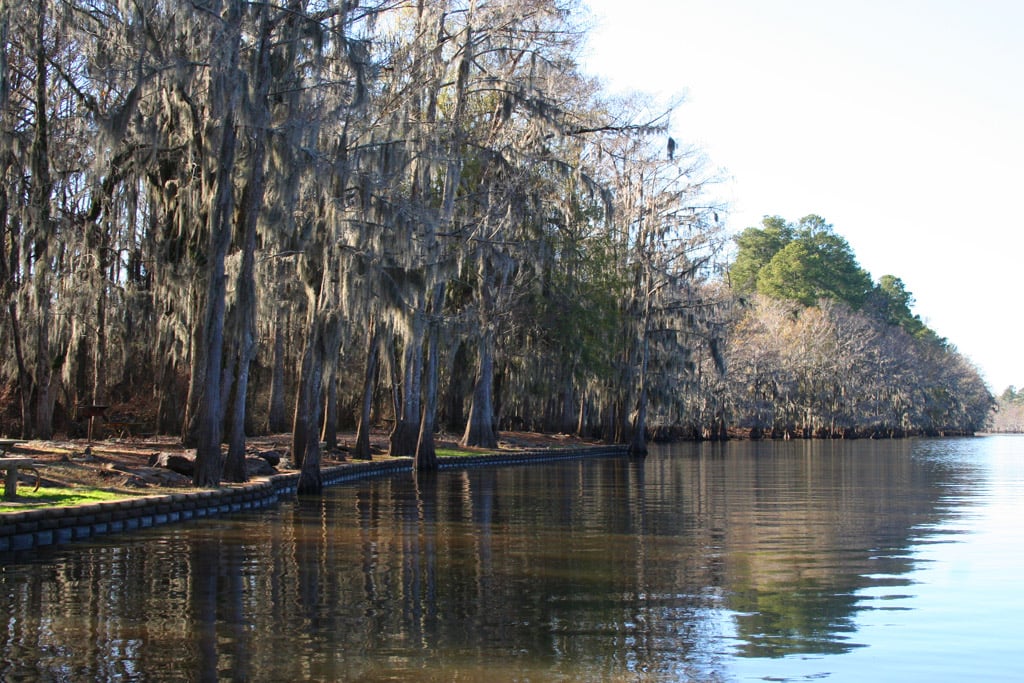 Photo by Dustin Askins
Photo by Dustin AskinsCaddo Lake State Park: Texas’s only large natural lake is just 11 miles from the Louisiana border (and the evocatively named town of Latex). Spanish moss-draped cypress trees, decrepit cabins, bayous, and swamps are interspersed with woodland hiking trails and campsites. Rent canoes at Saw Mill Pond and spend the day exploring the different channels, or fish for your dinner- the lake has over 70 species and 50 miles of waterways extending to Big Cypress Bayou. Keep an eye out for alligators, beavers, nutria—a muskrat also known as swamp rats or coypu—and abundant bird life including wood storks, loons, and hawks.
There are 46 campsites amongst two campgrounds that include primitive sites, as well as waterfront tent-only camping at the peaceful Mill Pond Campground.
Know Before You Go: Bring bug spray. Dogs permitted if they’re kept on-leash.
